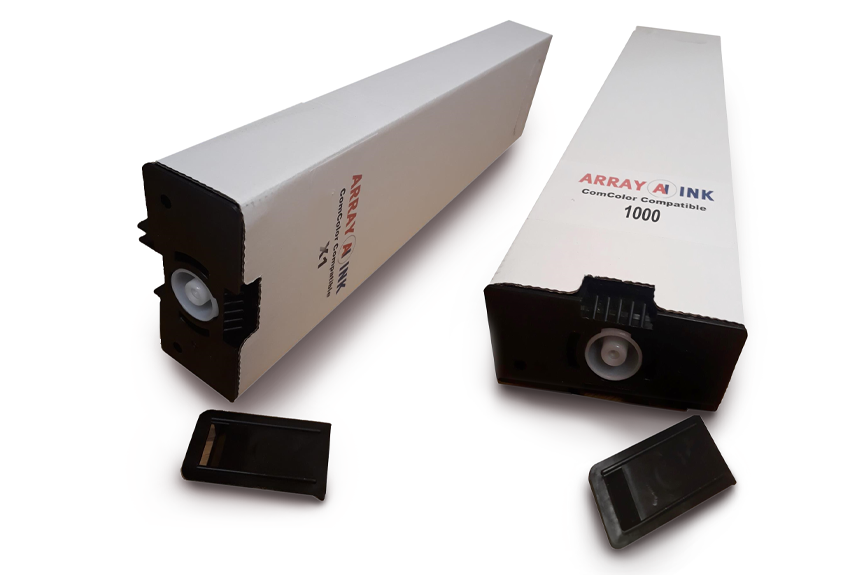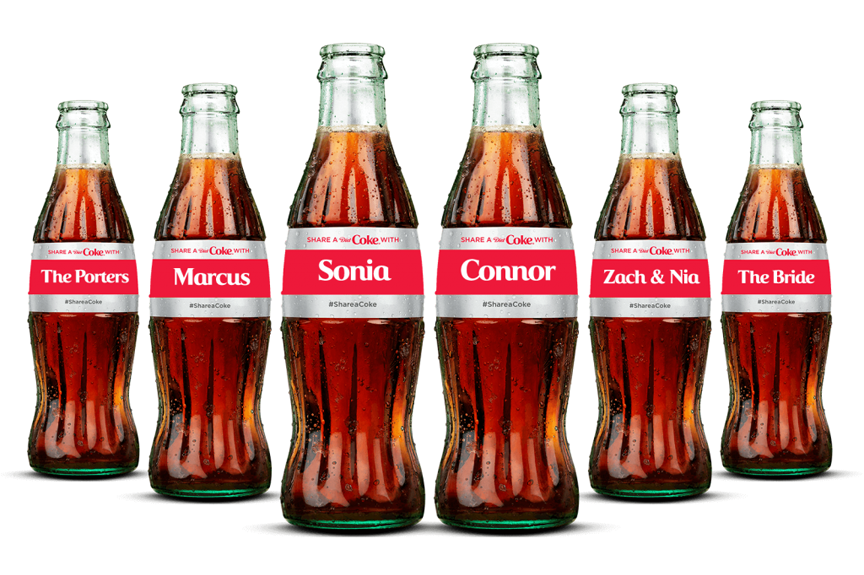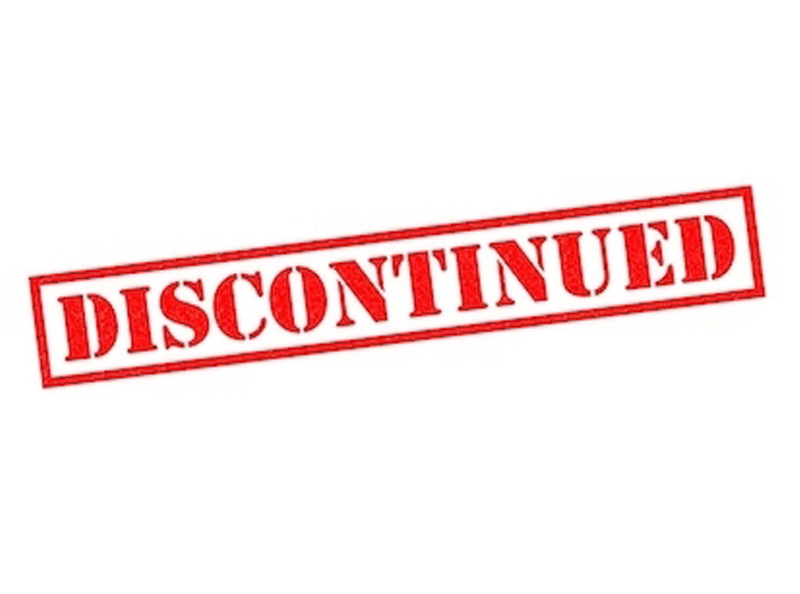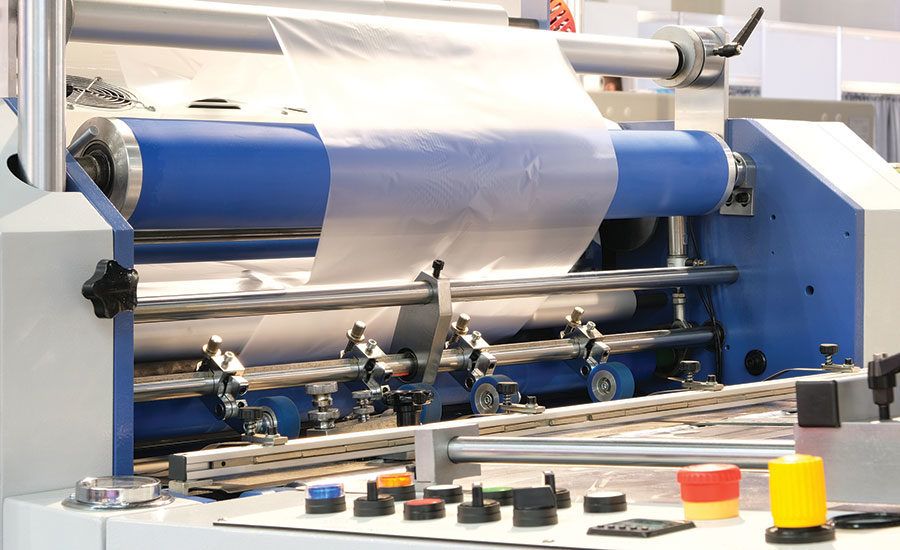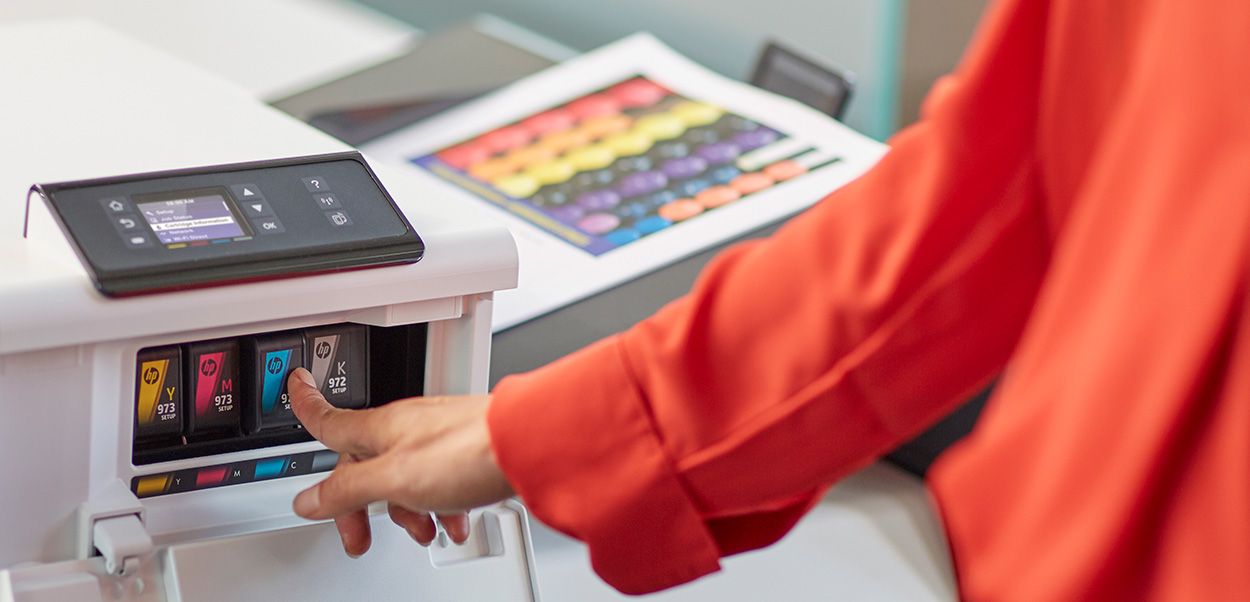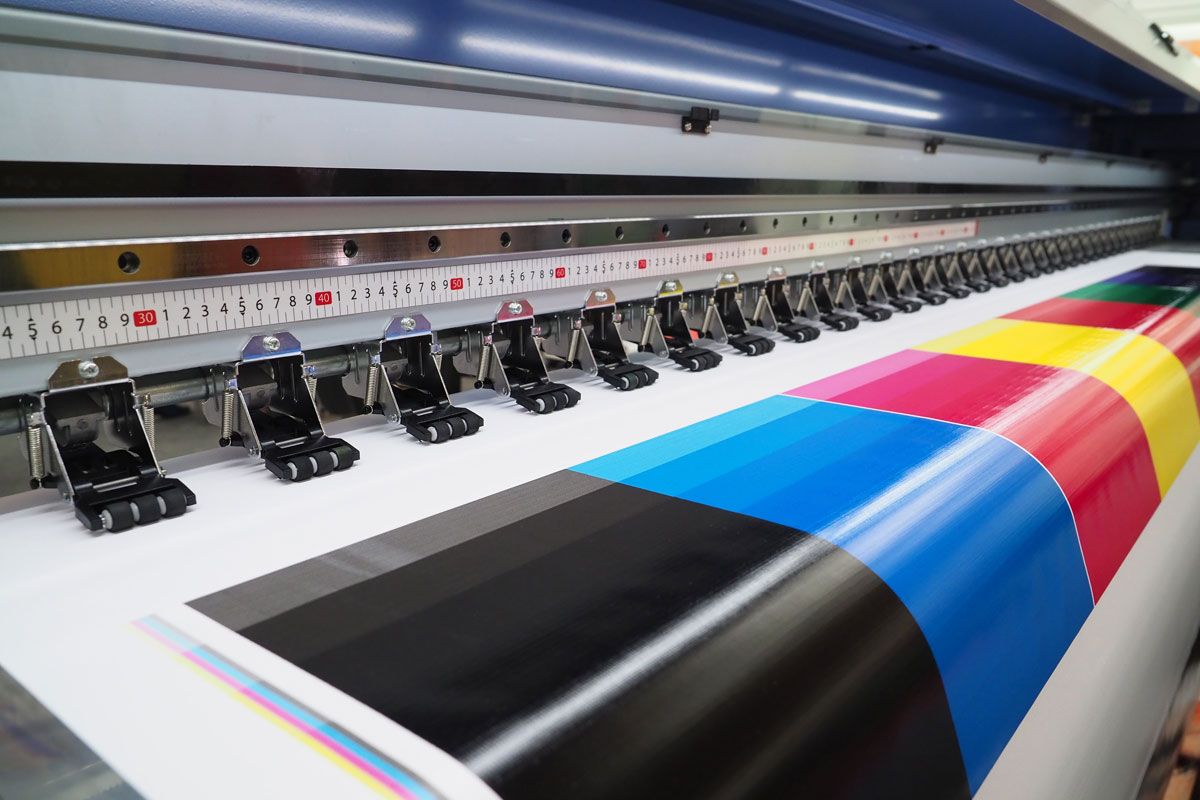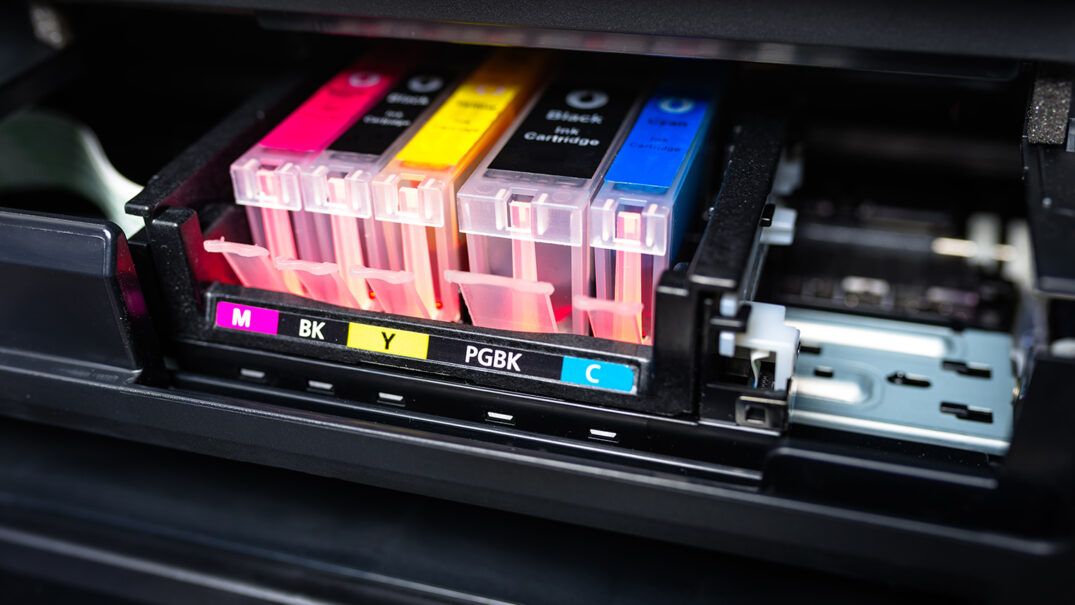
The Fastest Growing Inkjet Technology in 2021 - Drop on Demand (DOD)
Drop on Demand Ink technology Printers are predicted to become the fastest growing sector this year for industrial applications. Printing on plastic, cardboard, packaging, hardware, timber, and metals has never been faster. Proof of the DOD inkjet technology making its mark on the industry is shown by Amazon, announcing that over the next few years they will be investing $400 million on expanding digital printing capabilities.
Just a handful of DOD printing’s benefits are flexibility, reduced downtime, mass personalization, and functionality. And it is the combination of these advantages that are behind the ever expanding market growth for DOD that is happening now and in the next several years.
Printing on Curves with Thermal Ink Technology
Thermal Inkjet (TIJ) printing is now rivalling continuous inkjet (CIJ) printing, especially for marking and coding. Thanks to a 10 mm throw distance, the company Funai is now able to make printing high-resolution 2D codes, expiration dates and lot codes on curved surfaces possible. This technology is a game-changer for brands that are concerned about the eligibility of information on food and pharmaceutical packaging.
Printing on curved surfaces is not the only benefit of TIJ printing. TIJ is also great for the environment, reducing VOCs by almost 90% compared to other CIJ systems. TIJ technology also delivers a lower cost of production for your business and improves the hidden cost of employee health.
Inkjet Usage Will Increase in the Packaging Inks Segment
The packaging sector reported the largest revenue share of the printing market with 55% in 2019. This sector is expected to continue dominating the market in future years and it is all possible thanks to inkjet printers.
Fast turnaround time, lower printing costs for shorter runs, better inventory management, and flexibility for the exponential growth in SKUs are just a few reasons why inkjet technology is dominating the market over other conventional printing methods. Product packaging will continue evolving as brand marketers develop unique and versatile packaging to beat their competitors.
To keep up with current demands in a post-pandemic world, the safety and security of shipped goods such as pharmaceuticals and perishable products will be reliant upon marking, labelling, and coding, that is legible, accurate, and accessible.
Alternatives to Mercury Lamp UV-Curing
LED Lamps that are cured with UV ink are slowly replacing the popular mercury lamp. LED-curable inks are able to print on multiple types of substrates, and can benefit the food industry, particularly for thin films vulnerable to heat.
Due to the worldwide ban of mercury, though the industry is exempt from this ban, the cost of mercury lamps and bulbs are rising, making mercury curing more costly and less sustainable for industrial printers.
As an alternative to LED-curable inks, printers are looking to innovate water-based pigment inks for flexible packaging and thin films. As well as water-based pigments, another alternative is electro-beam curable systems, which are beneficial for food-grade packaging because they do not rely on photo initiators.
Hybrid Digital Printers Adding Flexibility to Flexo Systems
As demand increases during and after the pandemic, hybrid printing will be the key contributing factor for more time efficient printing, delivering cost-effectiveness in more than one way.
Adding inkjet printing stations to traditional flexo systems leverages the cost advantages of both systems. Production runs are designed to incorporate inkjet systems for versioning, customization, and coding while leveraging analog systems’ benefits for the lower cost-per-print on long runs.
For example, Colordyne’s 3800 Series inkjet stations are designed for retrofitting new or existing traditional printing systems, so It is no longer necessary to invest in a separate digital printing system for secondary printing. Systems are available for aqueous dye, aqueous pigment, and UV-ink formulations.
Hybrid printing will be serving a larger part of the market segment with easy scheduling and lowered prepress costs as it merges printing techniques and utilizes the best of each. The print market will be adopting further innovations into hybrid printing through 2021.
Sustainability
In the post pandemic era make sure to observe one of the more major trends across the world, especially the printing industry, which is economic growth vs. global environmental sustainability. Brands around the world are now starting to recognise that they need to value sustainable production methods as they often leave a large carbon footprint, a lot more than localised companies. Attention on sustainability has stalled somewhat, yet it remains a priority for consumers and customers alike.
Stricter regulations and guidelines on supply chain management enforced in 2021 will be prioritized and focused on by major companies. And customers will continue to demand that the brands they support, and love demonstrate their commitment and what they are doing to be more environmentally responsible and minimize their waste.

